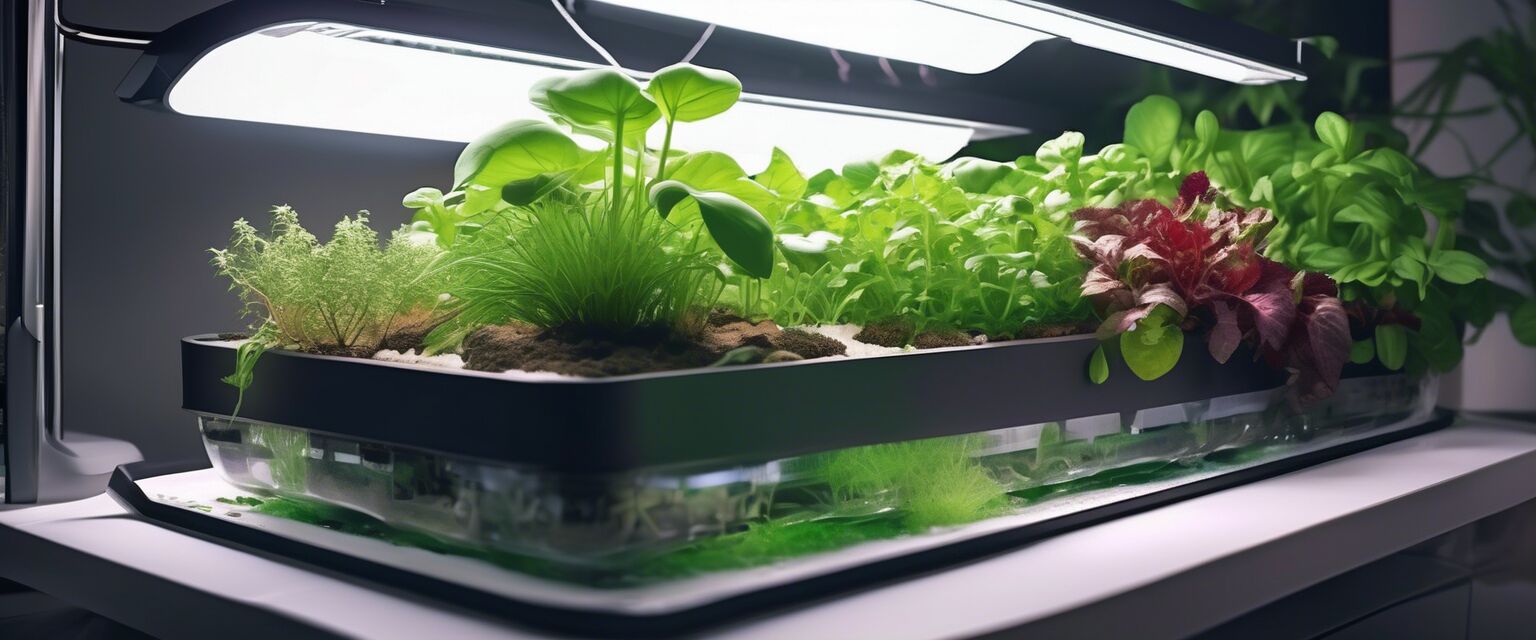
DIY Hydroponic Garden Starter Kit
Key Takeaways
- You can easily create a hydroponic garden starter kit at home.
- The kit is designed for easy setup and maintenance.
- This project is ideal for beginners looking to grow herbs and vegetables.
- Utilizing nutrient-rich water allows plants to grow faster and healthier.
- Hydroponic gardening is space-efficient and sustainable.
Are you looking for a fun and rewarding way to kickstart your gardening journey? Creating a DIY hydroponic garden starter kit can be an excellent project for beginners and gardening enthusiasts alike! This guide will walk you through the essential components, setup steps, and maintenance tips for building your very own hydroponic system at home.
What is Hydroponic Gardening?
Hydroponic gardening involves growing plants without soil, using a nutrient-rich water solution to provide essential nutrients directly to the plant roots. This method allows for efficient water usage and is perfect for urban settings, small apartments, or areas with poor soil quality. Not only is it a space-saving solution, but it also results in faster growth rates and higher yields compared to traditional gardening.
Materials Needed for Your Hydroponic Garden Starter Kit
To create your hydroponic garden starter kit, you'll need the following materials:
| Materials | Quantity |
|---|---|
| Container or reservoir | 1 |
| Nutrient solution | 1 bottle |
| Growth medium (such as clay pebbles) | 1 bag |
| Net pots or trays | 4-6 |
| Water pump | 1 |
| Air pump (optional) | 1 |
| Grow lights | 1-2 |
| pH meter (optional) | 1 |
Step-by-Step Instructions for Building Your Hydroponic Garden
- Choose a Container: Select a container that can hold water and has enough space for your plants. It can be a plastic tub, a bucket, or any other waterproof container.
- Fill with Nutrient-Rich Water: Fill your container with water and add the appropriate amount of nutrient solution according to the manufacturer's instructions.
- Prepare the Growth Medium: Fill your net pots with growth medium, such as clay pebbles or rock wool, which will hold the plants upright.
- Place the Net Pots: Insert the filled net pots into the holes of your container lid or directly into the water if your setup allows it.
- Install the Water Pump: Set up your water pump to circulate the nutrient solution to the plant roots. Make sure it’s positioned correctly and well-secured.
- Set Up Grow Lights: Install the grow lights above your hydroponic garden to provide adequate light for plant growth. Adjustable lights are ideal for accommodating plants as they grow.
- Monitor and Adjust: Check the pH of your nutrient solution regularly. Adjust the pH if necessary to keep it within the ideal range (usually between 5.5 to 6.5).
- Plant Your Seeds or Seedlings: Now you’re ready to plant! Choose suitable seeds or seedlings that thrive in hydroponic systems, such as leafy greens, herbs, or small vegetables.
Maintenance Tips for Your Hydroponic Garden
To ensure your hydroponic garden thrives, consider the following maintenance tips:
- Change the nutrient solution every 2-3 weeks to keep it fresh and effective.
- Keep an eye out for pests and diseases and take immediate action if you notice any issues.
- Regularly clean your system to prevent algae growth or blockages.
- Adjust grow light height and duration as your plants grow to prevent light stress.
- Ensure the water temperature is stable; plants typically prefer room temperature water (around 68-72°F or 20-22°C).
Common Challenges in Hydroponic Gardening
While hydroponic gardening can be rewarding, it does come with its challenges. Here are some common issues to be aware of:
- pH Imbalance: If the pH is too high or too low, it can hinder nutrient absorption.
- Nutrient Deficiency: If plants aren't growing as expected, check if the nutrient solution is appropriate for your crop.
- Algae Growth: Light hitting the water can cause algae growth. Ensure your tank is covered or kept away from direct light.
Conclusion
Building your DIY hydroponic garden starter kit is an excellent way to dive into the world of hydroponic gardening. With a little research and the right materials, you can enjoy fresh herbs and vegetables grown right in your home. Explore our other DIY projects for further inspiration to enhance your hydroponic gardening experience!
Pros
- Space-efficient gardening solution
- Faster plant growth compared to soil gardening
- Control over nutrient levels and pH
- Lower water use compared to traditional gardening
Cons
- Initial setup cost can be higher
- Requires monitoring and maintenance
- Potential for equipment failure

